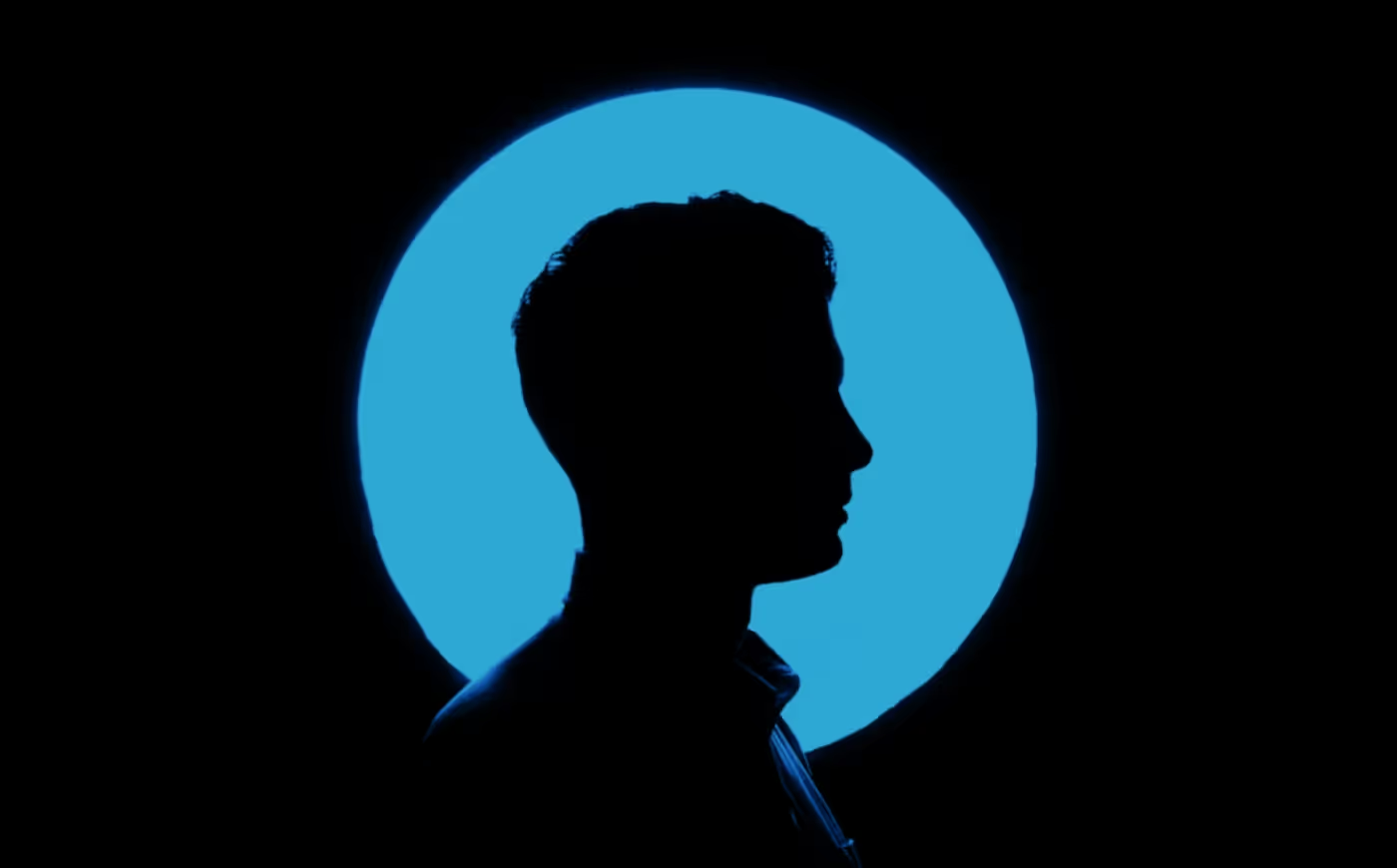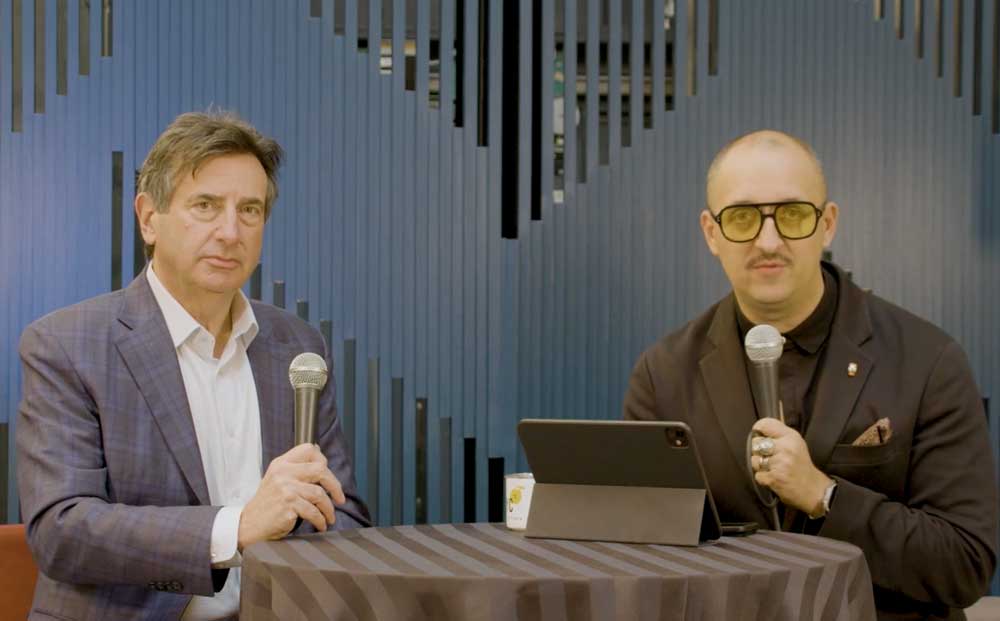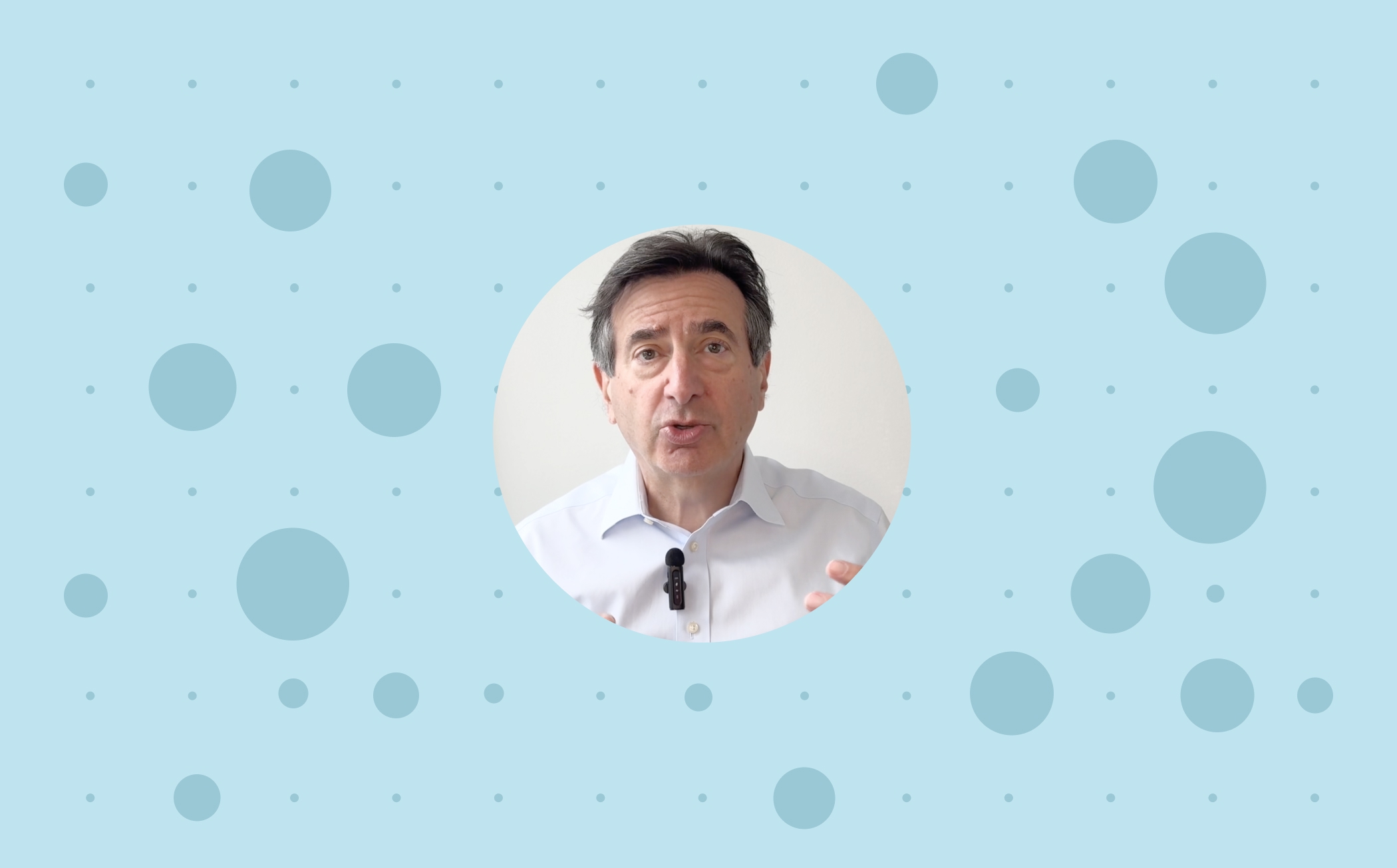Let’s stop pretending that a college degree guarantees employability.
The data is now undeniable. We are witnessing a transformation of the entry-level job market. The rote, grind-it-out work that used to train and test young talent — drafting memos, summarizing research, pulling together strategy slides — is increasingly automated. Generative AI doesn’t sleep, negotiate salary or need onboarding. If we continue preparing students for jobs that machines now do better, we’re setting them up to be replaced.
But here’s the good news. The jobs of the future — those that matter, endure and drive value — will depend on something AI can’t replicate: the ability to think beyond the obvious.
That’s where Original Intelligence comes in.
Original Intelligence is the ability to create something new — expand the idea space beyond what is currently known. The structure and operation of Generative AI tends toward sameness. What might appear original to a single observer may in fact be the same answer available to many at the same time. This is the largest challenge in the AI transformation of our society — overreliance on a tool that while it is the most efficient knowledge diffusion technology ever invented also has a significant limitation. AI by its operation makes knowledge commonplace.
Any business school professor will tell you that there two ways to make money in this world: be more efficient than your competitors or provide something that others cannot. AI’s efficiency will ultimately make knowledge a commodity. This leads to the inevitable conclusion: Original Intelligence is the value add in an AI-driven society. Novelty and originality will be the best path to success.
We see in the classroom that students are more and more often using AI tools in their daily studies. Some in education appear to believe that AI is a “cheating problem” and that rooting out the separation between human and AI-derived answers is the solution. They are chasing the wrong issue. The question should not be “what is human and what is AI” but rather how are students using AI to be original thinkers. They must use AI as a tool, like a calculator, rather than as a crutch.
I also see universities embracing AI as an educational opportunity. American University is doing some very interesting things in their MBA program. When I was dean at Marymount University, we created the country’s first interdisciplinary college that combined art and design with technology and business. University of Maryland and others are also focusing heavily on AI in many ways. There are many efforts to bring AI into the classroom and develop the technical skills to create it and apply it.
However, as laudable as these and other academic efforts have been, they also may be missing the point. We are at a strategic inflection point. The value proposition of higher education cannot continue to be “we prepare students for jobs” — not if those jobs are increasingly mechanized, templated, or disappearing altogether. In a world of constant progression and change driven by AI we would be providing a false sense of security in a world where tools evolve faster than course catalogs.
The key is to educate students to have the contextual framework to do something new with the cornucopia of knowledge they will gain from AI. Give them to tools to discern facts from fiction, build associations from facts and develop unique insights. It may be that true liberal arts — a broad education that fosters the development of contextual understanding and critical thinking skills — are what education should be stressing after all.
However, this is not liberal arts for the 1400s or the early 2000s. Education must become something new. We must teach students to be original thinkers. Embedding Original Intelligence in a curriculum isn’t just a pedagogical update — it’s a full institutional reframe. It means teaching students to ask better questions, not just deliver faster answers. It means creating learning environments that reward intellectual risk-taking, synthesis across disciplines, and counter-narrative thinking.
And it means developing new ways to assess what matters. GPAs and standardized test scores can’t capture how a student expands the idea space. We need metrics that reflect originality, insight, and strategic thinking—because that’s what an AI-driven economy will reward.
The truth is that the future won’t belong to those who know more. It will belong to those who think differently.

Jonathan Aberman, co-founder and CEO of Hupside, is a frequent contributor to the Business Journal. He was formerly the founding dean of the College of Business, Innovation, Leadership and Technology at Marymount University.


